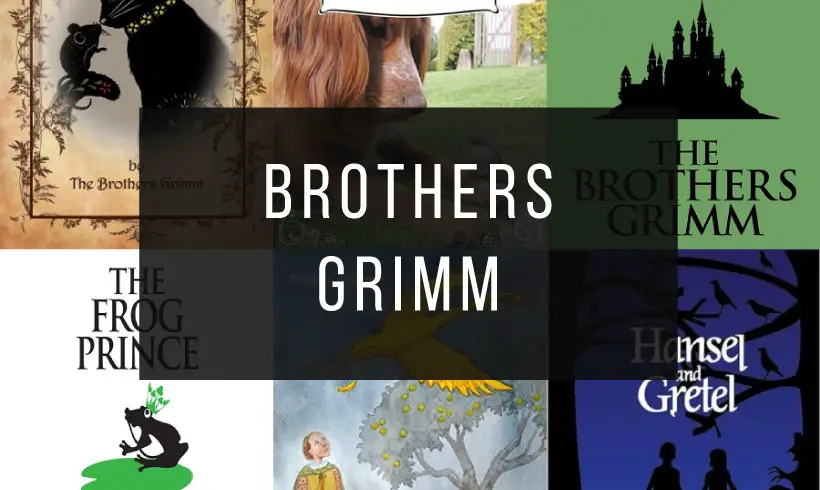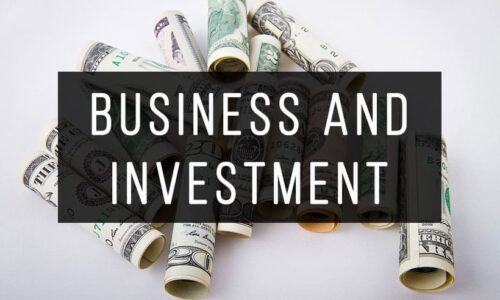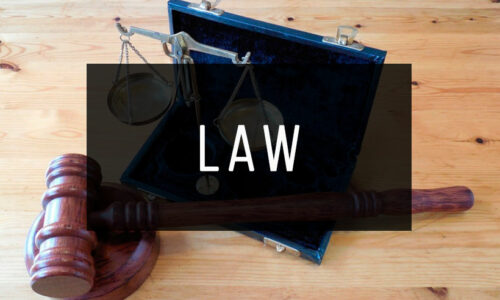Today we present to you a collection with the best 29 books of The Brothers Grimm. But first, we tell you a little about the life of these renowned German writers.
Jacob Grimm (Hanau, present-day Germany, 1785 – Berlin, 1863) and Wilhelm Grimm (Hanau, 1786 – Berlin, 1859). German philologists and folklorists, authors of a celebrated collection of folk tales entitled Children’s and Household Tales (1812-1822).
The innumerable modern reprints of this work often bear titles such as Grimms’ Fairy Tales or Tales of the Brothers Grimm, as if the stories were of their invention. In reality, much of their success as transcribers and compilers of the oral storytelling tradition stems precisely from their approach (novel at the time) of respecting the freshness and spontaneity of traditional tales as much as possible, rather than subjecting them to artificial literary reworkings.
Jacob and Wilhelm Grimm were the two eldest brothers of a total of six, sons of a lawyer and pastor of the Calvinist Church. Following in their father’s footsteps, they studied law at the University of Marburg (1802-1806), where they began an intense relationship with the poet and folklorist Clemens Brentano, who introduced them to folk poetry, and with the jurist and legal historian Friedrich Karl von Savigny, who initiated them into a method of textual research that formed the basis of their later work.
On the other hand, the exaltation of the traditional anonymous literature of the philosopher Johann Gottfried Herder had a decisive influence on their ideas about poetry and popular narrative, which they considered superior to cultured literature as a genuine expression of the spirit of the people.
Between 1812 and 1822, the Brothers Grimm published the «Children’s and Household Tales», a collection of stories gathered from different traditions that is often referred to as «Grimms’ Fairy Tales». The great success of the Brothers Grimm was to maintain in this publication the original character of the tales, preserving their liveliness and popular freshness by renouncing any temptation of literary reworking. This collection was followed by another collection of historical German legends, «German Legends» (1816-1818).
Thereafter, for some years, they went their separate ways: Wilhelm Grimm focused on the study of medieval tradition, while Jacob Grimm devoted himself to philology with a very important work on the history of language, German Grammar (1819-1837), which was to exert a great influence on contemporary studies in historical and comparative linguistics.In 1829, the Grimm brothers moved to the University of Göttingen and from there, invited in 1840 by King Frederick William IV of Prussia, to the University of Berlin as members of the Academy of Sciences. There they began their most ambitious undertaking, the German Dictionary, a rich and complex work of which only the first volume was published. The continuation of this great work required the efforts of several generations of scholars and was not completed until the early 1960s.
1) Cat and Mouse in Partnership
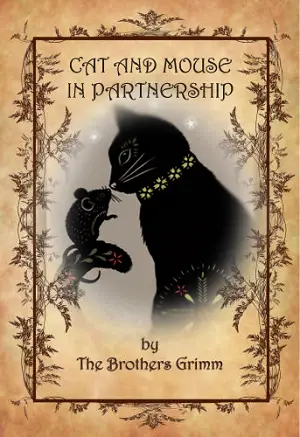
Cat and Mouse in Partnership is a German fairy tale collected by the Brothers Grimm in «Grimms' Fairy Tales (no. 2)».
A shorter version of the tale was included in the Brothers Grimm manuscript collection of 1808 and published in the first edition of «Children's and Household Tales» in 1812. Its version is based on an oral tradition told by Gretchen Wild (1787-1819) in Kassel.
A cat and a mouse, contrary to the custom of their species, become friends, so good friends that they decide to share a house. In order to have something to fall back on in times of need, they buy a pot of fat and hide it in a corner of the church for safekeeping. But everything is ruined when the cat betrays the mouse's trust.
2) Cinderella
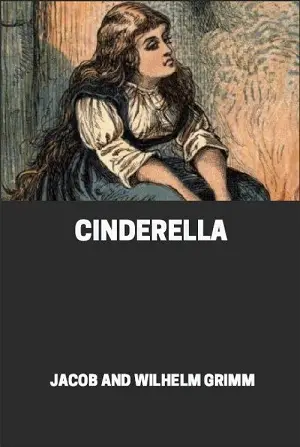
The story of Cinderella has many versions, one of the best known being that of the Brothers Grimm, published in Children's and Household Tales in 1812. It is worth noting that this tale is much more violent compared to other versions, such as the one by the French writer Charles Perrault.
It tells the story of a kind and gentle young girl who, after losing her mother, her father decides to remarry a cruel woman who also has two daughters who mock Cinderella and force her to do all kinds of hard work.
One day the king organizes a party and invites all the maidens so that the prince can choose one of them as his bride. Cinderella is eager to go, but the stepmother refuses, claiming that she has no dress or shoes to wear. In this version there is no fairy godmother, but the help comes from a white bird to whom she tells her wishes and who throws her what she has wished for.
3) The Dog and the Sparrow
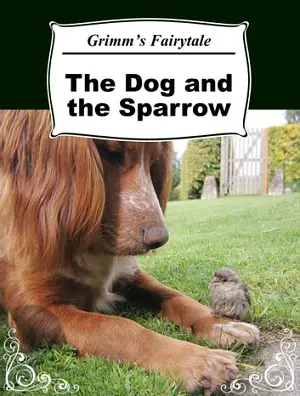
The Dog and the Sparrow is a German tale collected by the Brothers Grimm. A shepherd dog leaves his owner's house because he was letting him starve to death. So the dog goes to the city in the company of a sparrow.
When night falls and they decide to sleep on the road, a man in a horse-drawn carriage comes along and runs over the dog, although the sparrow had warned him not to do so. In revenge, the sparrow curses him, announcing that he will become a poor man, pecking at the barrels of wine the man was carrying and the horses' eyes.
The man is forced to abandon his carriage and returns home, where he realizes that the birds have eaten all his wheat. He notices the sparrow and throws his axe at it, but only succeeds in destroying his house. He finally manages to capture the bird and swallows it in one big mouthful....
4) The Elves
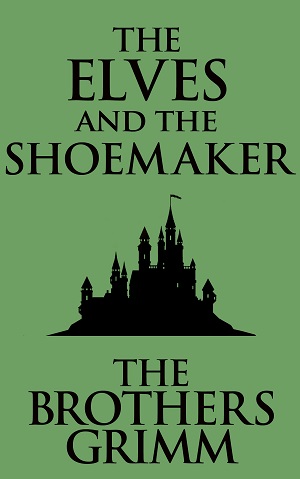
The Elves is a traditional fairy tale compiled by the Brothers Grimm in their works.
This tale tells the story of a very poor shoemaker whose luck changes one fine day when he finds on his workbench a pair of shoes of excellent workmanship.
Faced with his poverty, the shoemaker thought that he only had enough leather for one pair of shoes, and that he would not be able to work any more. But day after day perfectly made shoes appeared on his workbench, which sold easily and for a lot of money. One day, the shoemaker and his wife decided to find out what was going on during the night, and saw two little men come to the house and work on the shoes. As thanks, they gave clothes to the little men who were naked.
5) The Fisherman and His Wife
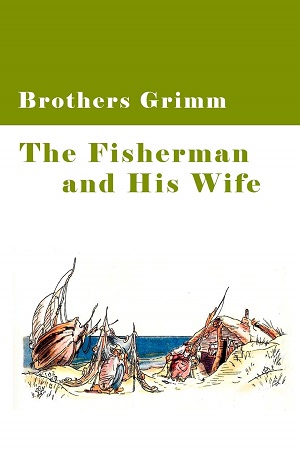
The Fisherman and His Wife is a German fairy tale compiled by the Brothers Grimm in 1812. It can be classified as an anti-fairy tale about greed.
The tale was published by the Brothers Grimm in the first edition of «Children's and Household Tales» in 1812 as tale no. 19. Its source was the German painter Philipp Otto Runge (1777-1810), from whom the Grimms obtained a manuscript of the tale in 1809.
Johann Gustav Büsching published another version of Runge's manuscript a few months earlier, in 1812, in Volkssagen, Märchen und Legenden, with some discrepancies from the Grimm version.
6) The Frog Prince

The Frog Prince is a German fairy tale collected by the Brothers Grimm and published in 1812 in Grimm's Fairy Tales. An evil fairy transforms a prince into a frog who subsequently meets a spoiled princess.
This princess is forced to befriend the Frog Prince after he retrieves a golden ball that had fallen into a pond, but on the condition that she befriends him. The spell is broken when the princess throws him against a wall, at which point he is transformed back into a prince.
There is a theory that the story of the Frog King in the German tradition began with a 13th century tale written in Latin. It is believed that the source used by the Brothers Grimm for this tale comes from an oral tradition of the Dortchen Wild family of Kassel.
7) The Gallant Tailor
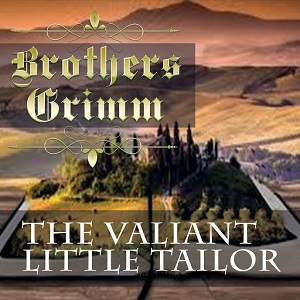
The Gallant Tailor or «The Brave Little Tailor» or «The Valiant Little Tailor» is a German fairy tale collected by the Brothers Grimm.
Andrew Lang included it in «The Blue Fairy Book». The tale was translated as «Seven at One Blow». Another of the many versions of the tale appears in «A Book of Giants» by Ruth Manning-Sanders.
It is about a humble tailor who tricks many giants and a ruthless king into believing in the tailor's incredible feats of strength and bravery, which leads him to gain wealth and power.
8) The Golden Bird
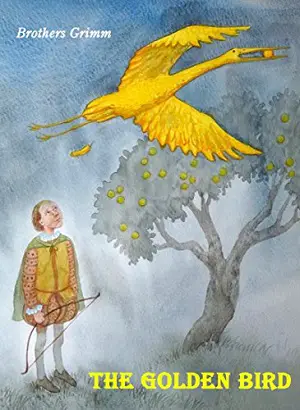
The Golden Bird is a fairy tale collected by the Brothers Grimm, which is about the chase of a golden bird by the three sons of a gardener.
Other such tales include «The Bird 'Grip'», «The Greek Princess and the Young Gardener», «Tsarevitch Ivan, the Firebird and the Gray Wolf», «How Ian Direach got the Blue Falcon», and «The Nunda, Eater of People».
A similar version of the tale was previously collected in 1808 and published as «The White Dove», provided by Mrs. Gretchen Wild and published along with «The Golden Bird» in the first edition of the Brothers Grimm compilation.
In the original tale, the king's youngest son is known as Dummling, a name typical of naive or foolish characters in German fairy tales. In more recent editions that restore the original tale, he is known as «The Simpleton».
9) The Goose Girl
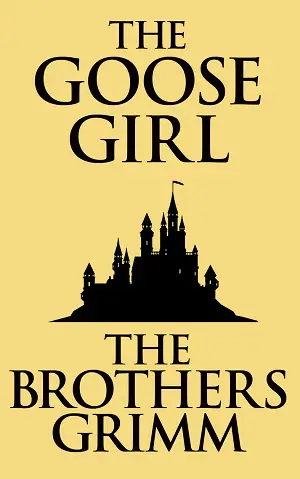
The Goose Girl is a German fairy tale collected by the Brothers Grimm and first published in 1815 in Grimm's Fairy Tales. The source of the tale was the German storyteller Dorothea Viehmann.
A princess is sent to a distant country to get married, before leaving her mother - the queen - gives her an amulet that will protect her as long as she wears it. During the journey, the princess asks the maid who accompanies her to bring her water, as she is thirsty, but the maid rudely lets her know that she no longer wants to be her servant and that if she wants water she must get it herself.
When the princess leans towards the water, her amulet falls off her chest and floats away. The maiden then takes advantage of the princess's vulnerability, orders her to exchange clothes with her, and threatens to kill her if she does not swear never to say a word about this role reversal...
10) Hansel and Gretel
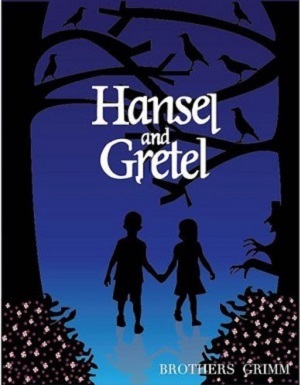
Hansel and Gretel, also known as Little Step Brother and Little Step Sister, is a German fairy tale compiled by the Brothers Grimm and published in 1812 in Grimm's Fairy Tales.
Hansel and Gretel, are a brother and sister abandoned in a forest, where they fall into the hands of a cannibalistic witch who lives in a house made of gingerbread, cakes and buns. The witch tries to fatten the children before eating them, but Gretel taunts the witch and kills her. The two children then escape alive and return home with the witch's treasure.
The story includes an episode in which the witch burns herself in her own oven, which some may consider strong. The tale has been adapted to various media, most notably to the opera Hänsel und Gretel (1893) by Engelbert Humperdinck.
11) Hans in Luck
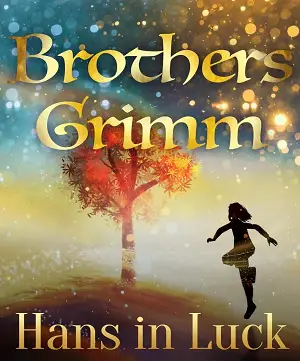
Hans in Luck is a fairy tale published in Grimm's Fairy Tales in 1812. After 7 years of hard work, Hans decides to return to see his mother, he sets out on his journey carrying with him a piece of gold that corresponds to the salary his master paid him for his labors.
Finding himself tired from the journey he offers a rider to exchange the piece of gold for his horse, which the rider gladly accepts. After being knocked down when the horse bolts, a shepherd convinces him to exchange the horse for a cow, being a calmer companion.
As his journey progresses and for various reasons Hans keeps changing his company: the cow for a pig, the pig for a goose, the goose for a grindstone, which he ends up losing in the waters of a river when he was about to drink on the shore, luckily he manages to reach his mother's house and tells her the story of his luck.
12) Jorinde and Joringel
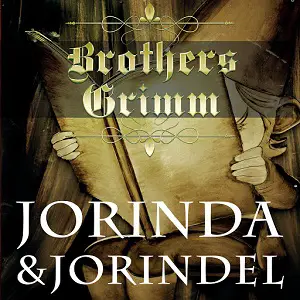
Jorinde and Joringel tells the story of two betrothed lovers, who while strolling through the forest came too close to a dark castle in which resided an evil witch who turned maidens into birds and petrified any man who came near her.
The witch turned Jorinde into a nightingale and petrified Joringel, but once she had taken the nightingale-transformed maiden away, she released Joringel, taunting him that he would never see her again. One night, Joringel dreamed of a flower that would break the spell, and he searched for it for several days until he found it.
When he entered the witch's lair, he found her feeding the birds (which she did only to then kill and eat them). Since the witch could not curse him, he touched her with the flower, which caused her evil magic to leave her forever, and he saw Jorinde in a cage and also touched her with the flower, transforming her back into a woman.
13) Little Red Riding Hood
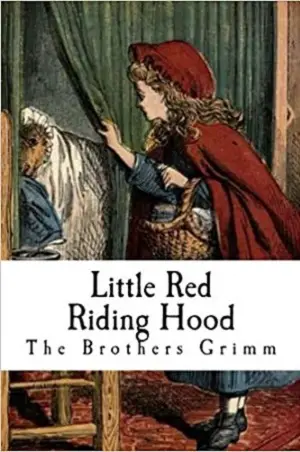
Little Red Riding Hood is a European tale about a little girl and a big bad wolf. Its origins date back to the 10th century to several European folk tales, including one from Italy called «The False Grandmother». The best known version was written by Charles Perrault.
The story has changed considerably in several versions and has undergone numerous modern adaptations and readings. The story revolves around a little girl named Little Red Riding Hood. The girl travels through the forest to bring food to her sick grandmother. In the Grimm version, her mother had ordered her to stay strictly on the road.
A big bad wolf wants to eat the girl and the food in her basket. He secretly stalks her and approaches Little Red Riding Hood, who naively tells him where she is going. The wolf takes advantage of this to achieve his goal.
14) Mother Hulda
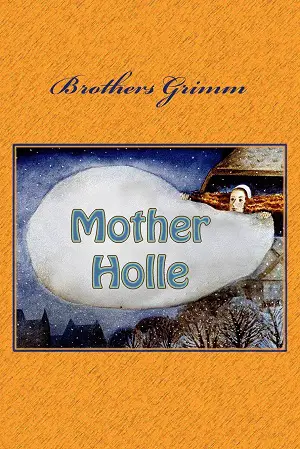
Mother Hulda is a German fairy tale compiled by the brothers Grimm in their best-known work, «Children's and Household Tales», in 1812.
Mother Hulda, also known in various regions as Holla, Holda, Perchta, Berchta, Berta or Bertha, was initially a pre-Christian female legendary figure that survived in popular belief well into the 19th century.
The name may be analogous to that of the Scandinavian creature known as Hulder. Jacob Grimm attempted to establish her through storytelling as a Germanic goddess.
15) The Mouse, the Bird, and the Sausage
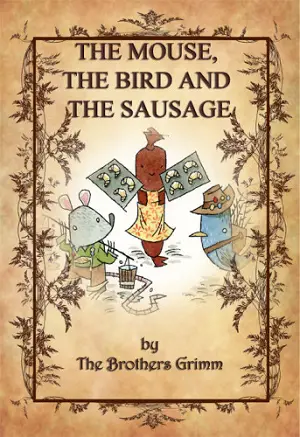
In The Mouse, the Bird and the Sausage these characters live happily together and have their household responsibilities divided as follows: the bird goes to fetch firewood in the forest, the mouse carries water to the house and the sausage cooks.
One day, the bird refuses to go to the forest to fetch firewood, because the day before other birds teased him for doing all the work. Finally the chores are divided like this: the bird is now in charge of fetching the water, the mouse cooks and the Sausage goes to fetch the firewood.
The Sausage goes out to collect firewood but does not return home, the worried bird goes out to look for it and finds a dog that has eaten it. Then the Mouse starts to cook, but can't stand the heat and burns to death. When the bird returns and does not find the mouse, he creates a fire out of desperation, goes to the well for water but accidentally falls in and drowns.
16) Old Sultan
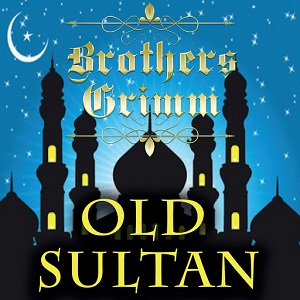
In Old Sultan, a farmer has decided to kill his faithful dog named Sultan because he is getting old and seems useless as a watchdog. The dog finds out and, upset, goes to the forest to see his good friend the wolf, who devises a plan to save Sultan's life:
The wolf tells him that the next day the farmer would take his son haying, so he (the wolf) would take the boy with him so that Sultan would chase them and set him free, this way, the farmer would be grateful to the dog for saving his son and would not kill him.
Once the plan succeeds, the wolf visits Sultan and asks him to overlook the sheep theft, to which the dog refuses as he cannot disobey his master, but the wolf thinks he is only joking. At night the wolf tries to steal a sheep but Sultan warns the farmer. Thinking that Sultan has betrayed him, the wolf swears revenge.
17) The Peasants Wise Daughter
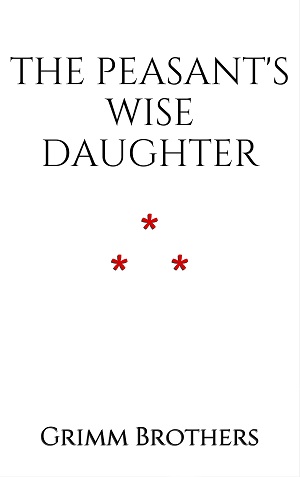
In The Peasants Wise Daughter, a peasant and his daughter find a golden mortar. The peasant decides to give it to the king, although his daughter warned him that if he did so the king would also ask him for the pestle, which in fact he did, in addition to putting him in jail until he got it.
The peasant explained to the king his folly in not listening to his daughter, after which the king summoned her and set her a riddle: that she should appear before him neither naked or dressed, neither walking or riding, neither on the road not out of it, and if she guessed it he would marry her, which happened since she did indeed guess it.
Years later the queen was involved in a dispute between the owner of a mare and the owner of an ox, which displeased the king and sent her back to her father, telling him that she could only take one thing, what she valued most, from the castle...
18) The Pink
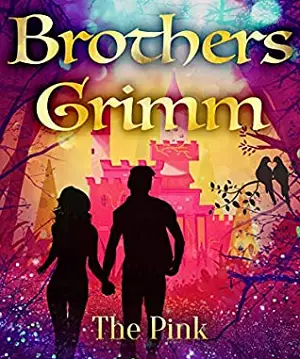
The Pink tells the story of a queen who had a son with the power of wishing. She used to go with the child to a park where there were wild beasts, but one day, a cook stole the child, stained her clothes with hen blood and accused her of having let the child be eaten.
The cook made the prince wish for a girl as a companion and a castle to live in, but he began to fear that the boy would reveal his crime, so he told the now maid to murder him in his sleep, to which the girl refused.
The boy turned the cook into a poodle for his treachery, decided to return home and turned the maid into a pink to carry in his pocket. He finally reveals her identity to the king and that the cook was behind the evil plan, returns the maiden to her normal form and as she had refused to murder the prince the king authorizes the marriage of the two.
19) The Queen Bee
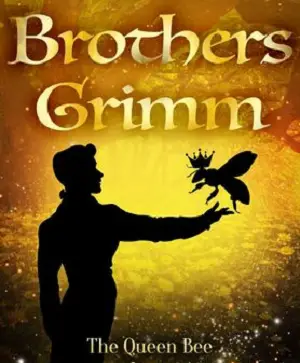
The Queen Bee is a German fairy tale.
Two sons of a king went out to seek their fortune, but fell into disorderly ways. The third and youngest of the sons, Simpleton, went out to seek them, but was outwitted. They traveled on, and Simpleton prevented his brothers from destroying an anthill, killing some ducks, and smothering a hive of bees with smoke.
Then they came to a castle with stone horses in the stable and no sign of anyone. They searched the castle and found a room with a little gray man, who accompanied them to dinner. In the morning, he showed the eldest son a stone table, on which three tasks were written. Whoever accomplished them would free the castle.
Only Simpleton was able to accomplish the tasks with the help of the animals he had saved from his brothers. He freed the castle and married the princess.
20) Rapunzel
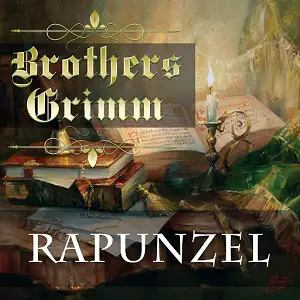
Rapunzel is a German fairy tale written by the Brothers Grimm and first published in 1812 as part of «Children's and Household Tales».
The Brothers Grimm tale is an adaptation of the fairy tale Rapunzel by Friedrich Schulz (1790), which was a translation of Charlotte-Rose de Caumont de La Force's Persinette (1698), which in turn was influenced by an earlier Italian tale, Petrosinella (1634) by Giambattista Basile. The ultimate source of this tale is the 11th-century Persian tale of Zal and Rudabeh from the Shahnameh (Book of Kings).
Its plot has been used and parodied in various media. Its best-known phrase, «Rapunzel, Rapunzel, let down your hair», is a popular cultural idiom.
21) The Robber Bridegroom
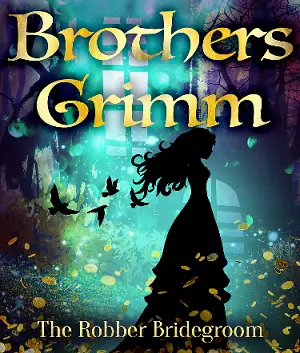
In The Robber Bridegroom a miller's daughter is engaged to a rich suitor who lives in the forest. One day, as the young woman never visits him, the suitor decides to leave a trail of ashes so that she can find his house.
As she wanders through the forest, the woman leaves peas and lentils to mark the trail as she follows the ashes that eventually lead her to a dark house. There, an old woman warns her that she will be killed and eaten if she doesn't hide behind a cask.
Then a band of robbers arrives with a young woman whom they kill and prepare to eat, they almost discover the young woman hiding but the old woman avoids it. As soon as the robbers fall asleep, both women flee. They managed to reach the young woman's house because, although the wind had blown away the ashes, the peas and lentils had sprouted leaving a path.
22) Rumpelstiltskin

In Rumpelstiltskin, a king locks a girl in a room full of straw and a spinning wheel, because her father told him that she could turn straw into gold. Furthermore, the king demands that she turn it before morning or he will cut off her head.
While locked up, the young girl loses all hope of living, as it is actually a lie that she can spin straw into gold, when suddenly an imp appears in the room and turns the straw into gold in exchange for her necklace. When the girl is taken to a room with more straw the imp appears again and turns the straw into gold in exchange for the girl's ring.
The next day she is taken to an even larger room and, having nothing more to offer the imp, the creature makes her promise to give him her firstborn in exchange for turning the straw into gold.
23) The Shoes That Were Danced to Pieces
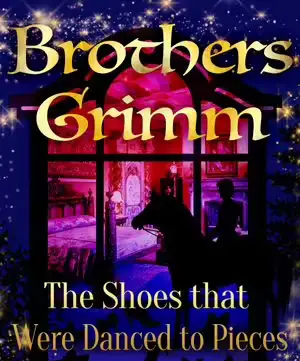
The Shoes That Were Danced to Pieces, also known as «The Twelve Dancing Princesses» or «The Worn-Out Dancing Shoes», is a German fairy tale originally published by the Brothers Grimm in 1812 in «Grimm's Fairy Tales» as tale number 133 in their collection.
Charles Deulin presents a French version in his Contes du Roi Cambinus (1874), which he attributes to Grimm's version. Alexander Afanasyev collected a Russian variant, «The Night Dances», in Narodnye russkie skazki.
The tale tells the story of princesses who mysteriously wore out their dancing slippers every day. At dawn, their slippers were worn out and no one knew the reason, because the princesses did not leave the castle.
24) The Sleeping Beauty
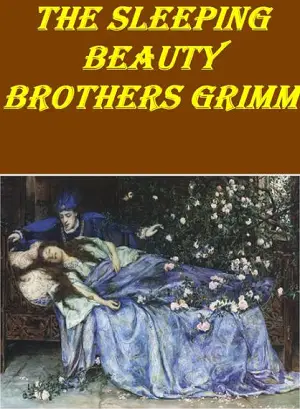
The Sleeping Beauty is a fairy tale born of oral tradition. The most widespread versions of the tale are, in chronological order, «Sun, Moon, and Talia» by the Italian Giambattista Basile (Pentamerone, 1634), «The Sleeping Beauty», by the French Charles Perrault (Tales of Mother Goose, 1697), and «Little Briar Rose or The Sleeping Beauty in the Woods» by the German Jacob and Wilhelm Grimm (Children's and Household Tales, 1812).
Today, the most popular versions are usually stories based on Charles Perrault's fairy tale and influenced by elements of the Brothers Grimm fairy tale. The success of Walt Disney Pictures' 1959 film version contributed greatly to the popularization of the tale worldwide.
25) Sweetheart Roland
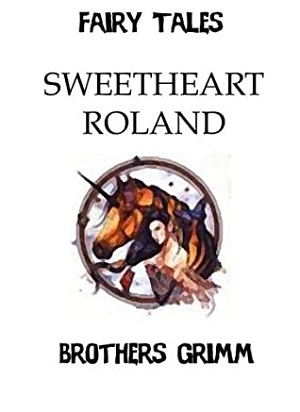
In Sweetheart Roland an evil witch decides to kill her stepdaughter in her sleep, so she tells her daughter to lie down by the wall so that her stepdaughter is at the front of the bed.
What the witch doesn't know is that her stepdaughter has heard her and, after her step-sister falls asleep, she switches places with her, which causes the witch to kill her own daughter. After this the stepdaughter gets up and goes to Roland, her sweetheart telling him what has happened and that they must flee.
In the morning the witch enters the bedroom and sees her daughter dead, furious, she goes out after them. The stepdaughter and Roland meet the witch but manage to escape, later they have another encounter which results in the death of the witch. Despite this, another event occurs that could separate the lovers forever...
26) The Straw, the Coal, and the Bean
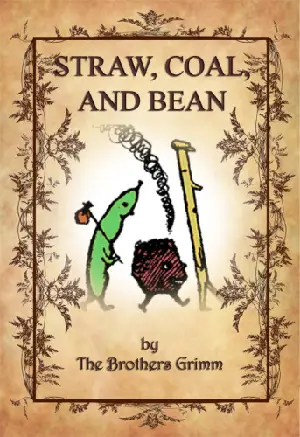
In the Straw, the Coal and the Beans, an old woman throws some beans into a pot to cook them and accidentally drops one on the floor, which falls next to a piece of straw. When the fire burns well, a hot coal jumps out and falls next to the straw and the bean, the 3 argue that they have narrowly escaped the fire and group together to flee.
Arriving at a river, the straw lies down to let them cross, the coal rushes across and goes first, but being half way across he fears drowning and stops, which causes the straw to catch fire from the coal and, splitting in two, they are both swept downstream.
The bean laughs so hard at his comrades' misfortune that he bursts through the side, but fortunately there is a kind tailor nearby who sews him back together with a black thread, and from then on the beans have a black seam.
27) Tom Thumb

A poor, childless peasant couple wishes to have a child «no matter how small», and they say so aloud. Seven months later, the wife has a boy «no bigger than a thumb» and they name him Tom Thumb, who grows into an agile and wise creature.
Tom Thumb, as he grows up, wants to help his father with the chores around the house, so one day he asks him if he can take his horse to where his father works, sitting on the horse's ear and giving him instructions. While Tom Thumb performs this task, two strange men notice that the horse is being led by a loud voice, and when they discover that the voice belongs to a person sitting on the horse's ear, they decide to make their fortune with him. And so the little boy's adventures begin.
28) The Turnip
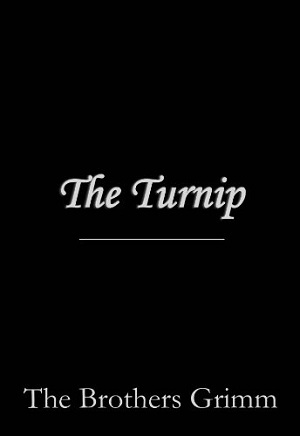
The Turnip tells the story of two brothers, one rich and the other poor. The poor one became a farmer to get out of his poverty, and as one of his turnips reached a very large size he gave it to the king, who in return gave him many gifts.
Meanwhile, the rich brother made great gifts to the king, but the king only gave him the turnip instead, which so enraged the rich brother that he hired assassins to kill his poor brother. As the assassins were about to hang him, they heard someone singing and decided to flee, but first they put him in a sack and hanged him.
The poor brother made a hole in the sack and saw that the one who was singing was a student, he told him that it was the Sack of Knowledge, and that he was learning wonderful things in it so the student asked them to change places.
29) White Snake
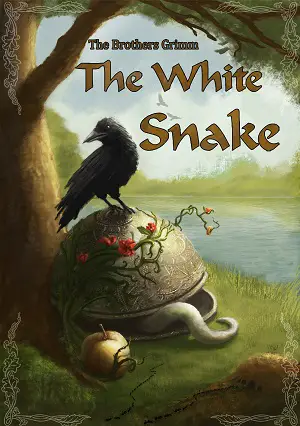
In White Snake, a King receives a covered dish every night that arouses the curiosity of one of his servants, so one night he retrieves the dish from the King and finds a white snake under the lid, takes a bite out of it and discovers that he can now communicate with animals.
When the servant is accused of stealing the Queen's ring, he believes he cannot prove his innocence and sits down to await his death, but suddenly he hears a goose complain of a ring stuck in its throat, so he picks it up and takes it away for the cook to slit its throat and reveal the missing ring.
The King apologizes and offers him riches, but the servant only accepts some gold and a horse to see the world. On his journey to another kingdom, the servant helps several animals in distress so they gratefully tell him that they will return the favor. In another city, the servant agrees to perform an arduous task in order to marry the king's daughter, but will he succeed?


